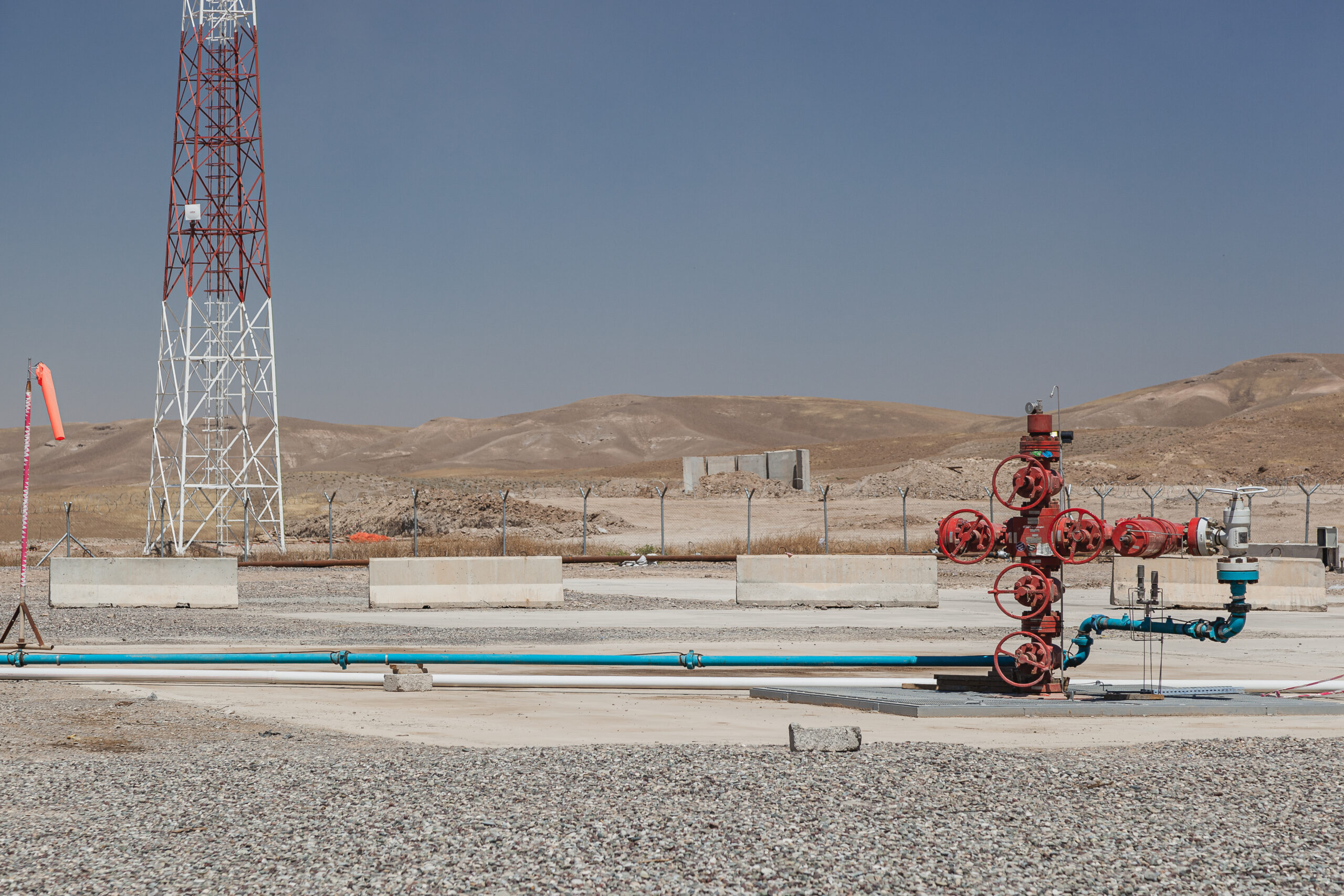Is ESG really starving the oil and gas industry of capital?
Some in the oil industry are blaming heightened investor concern over environmental issues as a cause for a shrinking pool of capital, which is leading to supply problems, but experts say the causes are multi-faceted.

Some in the oil industry are blaming heightened investor concern over environmental issues as a cause for a shrinking pool of capital, which is leading to supply problems, but experts say the causes are multi-faceted, and pressure to rein in capex goes beyond a desire on behalf of investors to green their portfolios.
Environmental, Social and Governance (ESG) assets rose to US$35 trillion in 2020, up from just $22.8 trillion in 2016, according to Bloomberg Intelligence. That red-hot investment trend means that ESG assets could soar beyond $50 trillion by 2025, according to Bloomberg’s research division.
“The pandemic and the global race to net zero carbon emissions have put ESG criteria into orbit – from niche to mainstream to mandatory,” Adeline Diab, Head of ESG and Thematic Investing for EMEA & APAC at Bloomberg Intelligence, said last July.
As investors increasingly take the climate crisis into account, capital is shifting to cleaner investments. The result is sky-high valuations for companies deemed to be on the right side of this equation, such as electric carmakers Tesla and Rivian, while dirtier businesses trade at a discount.
Global upstream oil and gas capex fell by 25 percent in 2020, and only rose slightly in 2021, even as demand bounced back.
In the U.S., the oil industry has tried to pin blame for flagging energy investment on the Biden administration’s climate policies, but they also say ESG-crazed investors are a problem.
“Constrained capital will lead to significantly higher commodity prices. And it isn’t the administration’s fault—this is a Wall Street and environmental, social and governance-led charge,” one anonymous U.S. oil executive responded in the fourth quarter 2020 Dallas Federal Reserve survey.
Another respondent said that “banks view lending to the energy industry as having ‘political risk.’”
But analysts see the industry’s deteriorating financial returns in recent years, including more than a decade of negative cash flow from U.S. shale, as a more important driver. At the same time, the energy transition threatens future prospects.
“We don’t see the transition as an ESG risk, but as a mainstream financial one for these companies,” Mike Coffin, head of oil, gas and mining at Carbon Tracker, a London-based non-profit think tank, told Gas Outlook. “Ultimately there is growing recognition that demand for fossil fuel products – whether driven by policy response on climate or by the technological revolution around renewables and batteries – will fall, and that increases the risk of investing in companies within the sector.”
ESG and cost of capital
The global energy sector “has arguably been the biggest loser” of the growing ESG movement, Bank of America Merrill Lynch wrote in a note to clients last October. ESG-focused investment funds are “more underweight Energy than any other sector relative to their benchmark.” ESG pressure is forcing energy companies to be “more selective” on spending.
Banks and large financial institutions have indeed pulled back from the oil and gas sector, which has increased the cost of capital, according to Jeff Nichols, a partner with Houston-based law firm Haynes and Boone.
“You might have 20 banks, 30 banks in the market, and now there’s a much smaller number of banks and some of these deals are much harder to put together,” Nichols told Gas Outlook, referring to the Texas oil and gas drillers looking for financing. “Bank financing is the cheapest form of financing, but there are other forms. But it translates into a higher cost of capital for the oil and gas companies.”
He said that a few years ago, massive private equity companies “swamped” the sector, and there was “so much capital being crammed into the industry.” Now, many of the big private equity players are gone, and the industry has reverted to an earlier time when smaller regional banks and wealthy individuals financed the drilling, as has historically been the case in Texas. The “easy money-raising days are over,” Nichols said.
But while there is growing interest in ESG, Nichols cautioned that it’s not clear ESG pressure is driving this change. “It’s hard to sort all of this out because the oil and gas companies themselves have reduced capex. They have independent business reasons to do that,” Nichols said. “It’s hard to draw a straight line from ESG impacting investment to reduced capex. There’s a lot of things going on at the same time.”
Production growth trumped financial returns, at least for a while. Now, investors want companies to generate as much cash flow as possible, and producing more and more oil and gas is no longer the priority. That means spending less.
Still, while big financial institutions are pulling back, there isn’t actually a shortage of money for oil and gas, especially with oil prices at seven-year highs, Nichols said.
“They are making money,” Nichols said, referring to drillers. “I wouldn’t say the industry is starving for capital right now.” A higher cost of capital may not worry them all that much, he said, adding: “At today’s prices, they may not care.”
He said there is growing interest in ESG from both lenders and drillers, but that the concept is still in its early stages with no agreed-upon structure or scoring. It’s also not clear that drillers are cleaning up operations due to ESG pressure. “I’m not seeing a large amount of capital being put into improving the environmental attributes of a company purely for that reason,” Nichols said.
ESG pressure
Many oil and gas companies are ignoring the ESG trend and continuing business as usual. An estimated 43 of the 81 oil and gas companies that responded to the Dallas Fed survey have no plans to reduce CO2 emissions, methane emissions, flaring, and no plans to improve wastewater recycling. Instead, the vast majority of companies that responded to the survey said they plan on stepping up their spending levels this year and that their top priority is to grow or maintain production.
However, many of them are smaller companies that are less swayed by global investor trends. The oil majors – such as ExxonMobil, Chevron, and Shell – have much greater ESG pressure. All three suffered high-profile setbacks on the same day of last year over their foot-dragging on climate change. On May 26, Chevron shareholders approved a resolution calling on the company to slash Scope 3 emissions (those emitted by end users). On the same day, Exxon shareholders ousted several board members, and a Dutch court ruled that Shell must cut its emissions 45 percent by 2030.
The majors are rolling out ESG policies. Most recently, ExxonMobil said it would pursue net-zero emissions by mid-century, but only for its Scope 1 and 2 emissions (those emitted by its operations and indirectly, such as the use of electricity). Critics see the move as a huge greenwashing exercise.
Meanwhile, a huge amount of global oil and gas production is held by government-owned entities. ESG pressure on national oil companies (NOCs) is minimal thus far, but could be an issue in the years ahead. “Levers that investors are exercising with [international oil companies] as shareholders might not be as strong and effective with NOCs, given government control over these companies’ boards,” Luisa Palacios, a fellow at Columbia University’s Center on Global Energy Policy, wrote in a November 2021 report.
Under some variation of government control, most NOCs do not have to answer to investors, and they tend to have budgetary and societal objectives (such as employment) as their top priorities, she said.
But many NOCs sell bonds in financial markets, and some have even listed part of their companies on public stock exchanges, including Brazil’s Petrobras, China’s PetroChina, and more recently, Saudi Aramco, Palacios noted. Often, NOCs team up with international oil companies (IOCs), such as the aforementioned oil majors, on joint venture projects. As such, ESG pressure that puts constraints on the IOCs could bleed over into the operations of NOCs.
“The upshot might be that ESG considerations start to impact capital allocation and even divestment and investment decisions by NOCs,” Palacios concluded.



